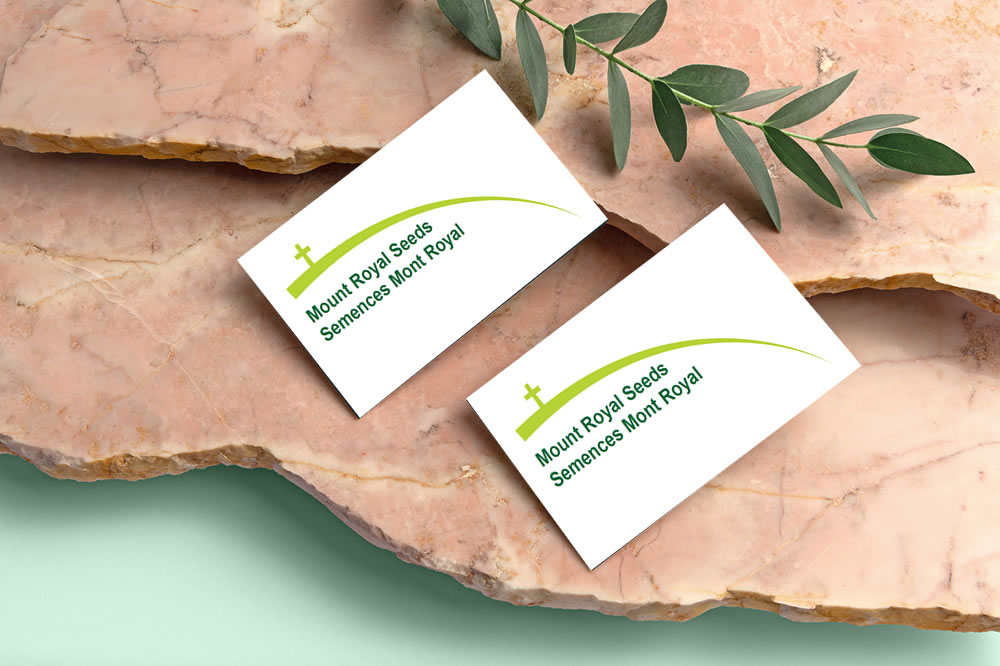Montreal Logo Design: A Simple Guide for Business Owners
![]() by Fabio Peters
by Fabio Peters
Logo design is the art of distilling an entire brand into a single visual mark, stands as a testament to the power of simplicity and symbolism.
In an era dominated by instant recognition and visual communication, logos serve as the anchor of a brand’s identity, encapsulating its values, mission, and personality in a glance.
Every curve, color, and element is a deliberate stroke that narrates a story – a story of a business’s journey and aspirations. With the rise of digital platforms and global markets, the significance of a well-crafted logo has never been greater.
It’s the emblem that graces websites, products, storefronts, and social media profiles, making it the face that a brand presents to the world. From iconic swooshes to golden arches, logos have the power to transcend language, culture, and time, etching themselves into the collective consciousness.
As we delve into the art and science of logo design, we uncover the intricate dance between creativity and strategy, where every pixel counts and every element speaks volumes.

How do you design a logo for your business?
When it comes to your business, standing out is crucial, and a logo is the visual tool that can make it happen. Think of your logo as the friendly face of your business that people remember and trust. Whether you’re starting fresh or giving your brand a makeover, creating a logo that sticks in people’s minds requires some thought and creativity.
Here’s a step-by-step guide to help you make your own memorable logo:
Get to Know Your Brand
Start by digging deep into what your business represents. What values do you hold? Who are your customers? Knowing your brand inside out is like setting the foundation for your logo. If your business is all about fun and play, your logo might reflect that. If you’re in the tech game, a sleek and modern logo could be the way to go.
Check Out the Competition
Take a look at what your competitors are doing with their logos. This isn’t about copying them, but understanding the landscape. It helps you see what’s working and figure out how you can be different. Your logo needs to stand out, and this step can help you find that unique angle.
Brainstorm and Sketch
No need to be a Picasso here. Just grab a pen and paper and start doodling your logo ideas. Think about shapes, symbols, and words that remind you of your brand. It’s not about making it perfect – just getting your ideas out there.
Choose Colors Wisely
Colors have this sneaky way of telling stories without words. Think about what feelings you want your logo to evoke. Do you want it to feel calm and reliable, or bold and exciting? Pick colors that tell your brand’s story.
Typography Matters
The way your business name appears in your logo matters. Different fonts give off different vibes. A clean and modern font might say “we’re up-to-date,” while a more playful script might say “we’re friendly and approachable.”
Keep It Simple
Simple is smart. A cluttered logo is hard to remember, so keep it clean and straightforward. A simple logo can work on anything – from a tiny website icon to a huge billboard.
Test, Test, Test
Your logo needs to look good no matter where it shows up. Test it out on different screens and sizes to make sure it’s readable and recognizable.
Ask for Feedback
Share your logo ideas with people you trust – friends, family, or even some customers. They can give you a fresh perspective and help you spot things you might have missed.
Tweak and Refine
Based on the feedback, fine-tune your logo. Maybe adjust the colors a bit or play with the shapes. It’s all about making your logo the best it can be.
Get a Professional, If Needed
If design isn’t your thing, that’s okay. You can hire a professional to make your logo shine. They’re experts at turning ideas into eye-catching visuals.
Protect Your Logo
Once your logo is ready, consider trademarking it. This protects your unique logo and keeps copycats at bay.

Tell your story through your logo
A logo isn’t just a visual mark; it’s a powerful tool for communicating your brand’s story, values, and identity. Just as a picture speaks a thousand words, a well-crafted logo has the ability to convey a wealth of information in a single glance. Here’s a brief explanation of how you can effectively tell your story through logo design:
Visual Identity with a Purpose
Your logo is like a mini-storyboard that encapsulates the essence of your brand. It represents your business’s personality, mission, and the promises you make to your customers. A logo isn’t just a random assortment of shapes and colors; each element should have a purpose, contributing to the narrative you want to convey.
Symbolism and Imagery
Every element of your logo, from colors to symbols, carries meaning. For instance, a natural foods company might use earthy tones and leaf icons to symbolize health and sustainability. These choices resonate with your audience on a subconscious level, evoking emotions and associations tied to your brand’s story.
Connection with Audience
Your logo is often the first point of contact between your brand and potential customers. A well-designed logo resonates with your target audience, establishing an immediate connection. If your story involves innovation, your logo could incorporate modern and sleek design elements. If your story is about tradition and heritage, a classic and timeless logo might be more suitable.
Simplicity and Memorability
A cluttered logo can confuse the message you’re trying to convey. Simple, clean design is key to making your logo memorable. Think of iconic logos like Apple’s bitten apple or Nike’s swoosh – they’re simple yet instantly recognizable. By focusing on a few well-chosen elements, your logo becomes a powerful visual cue for your brand’s story.
Consistency Across Channels
Your logo is your brand’s ambassador, appearing on everything from business cards to websites and product packaging. Consistency in logo usage ensures that your story remains coherent across various touchpoints. This consistency helps reinforce the image and message you want to portray.
Evolving Narratives
As your business grows and evolves, your story might change too. Your logo should have the flexibility to adapt while retaining its core essence. Think of Google’s playful logo variations during different events – they maintain the brand’s spirit while embracing timely changes.
Emotional Resonance
Great stories evoke emotions, and your logo should do the same. An emotionally resonant logo triggers positive feelings and memories associated with your brand. Whether it’s excitement, trust, or nostalgia, the emotions your logo invokes can build a strong bond with your customers.
Conclusion
Your logo is the canvas upon which your brand’s story is painted. By thoughtfully selecting colors, symbols, and design elements that align with your narrative, you create a visual identity that speaks volumes. This identity becomes a shorthand for your brand’s values and offerings, forging connections with your audience and leaving an indelible impression. Remember, every curve, color, and line in your logo tells a part of your story – make it a story worth remembering.
Creating a logo is like finding the perfect outfit for your business. It should fit well, express your style, and make you recognizable. Remember, your logo isn’t just a picture – it’s the face of your brand that tells your story even before you say a word. So, follow these steps, let your imagination loose, and create a logo that’s as distinct as your business.
Editorial Process:
The reviews on this site are crafted through diligent research, collecting expert insights, and drawing from genuine, real-world experience. You can learn more about our editorial process here.
It's worth noting that certain links within this article may be affiliate links. This means that if you choose to purchase a paid plan through these links, we may receive compensation at no extra cost to you. Rest assured, these are products and services that we have personally tested, used, and wholeheartedly endorse. We want to emphasize that our website is not intended to offer financial advice. Your trust and satisfaction are our top priorities.
Table of Contents
- Why Is Keyword Research Important?
- What is keyword research in SEO?
- How to conduct keyword research effectively?
- How to increase ROI in SEO?
- How to do market research with keywords?
- What tools can I use for keyword research?
- How to choose the right keywords for your website or content?
- How can you use competitor analysis for keyword research?


